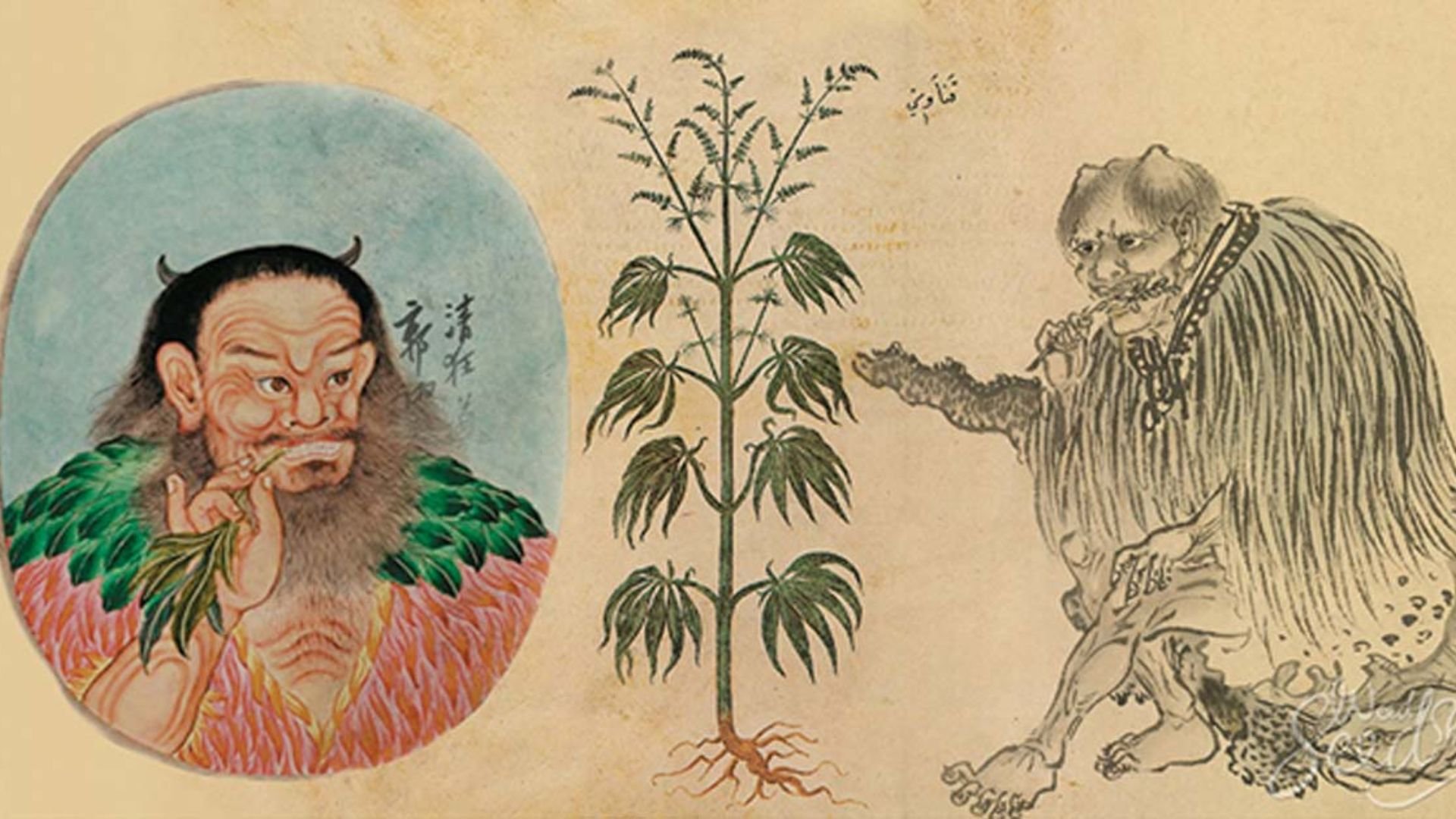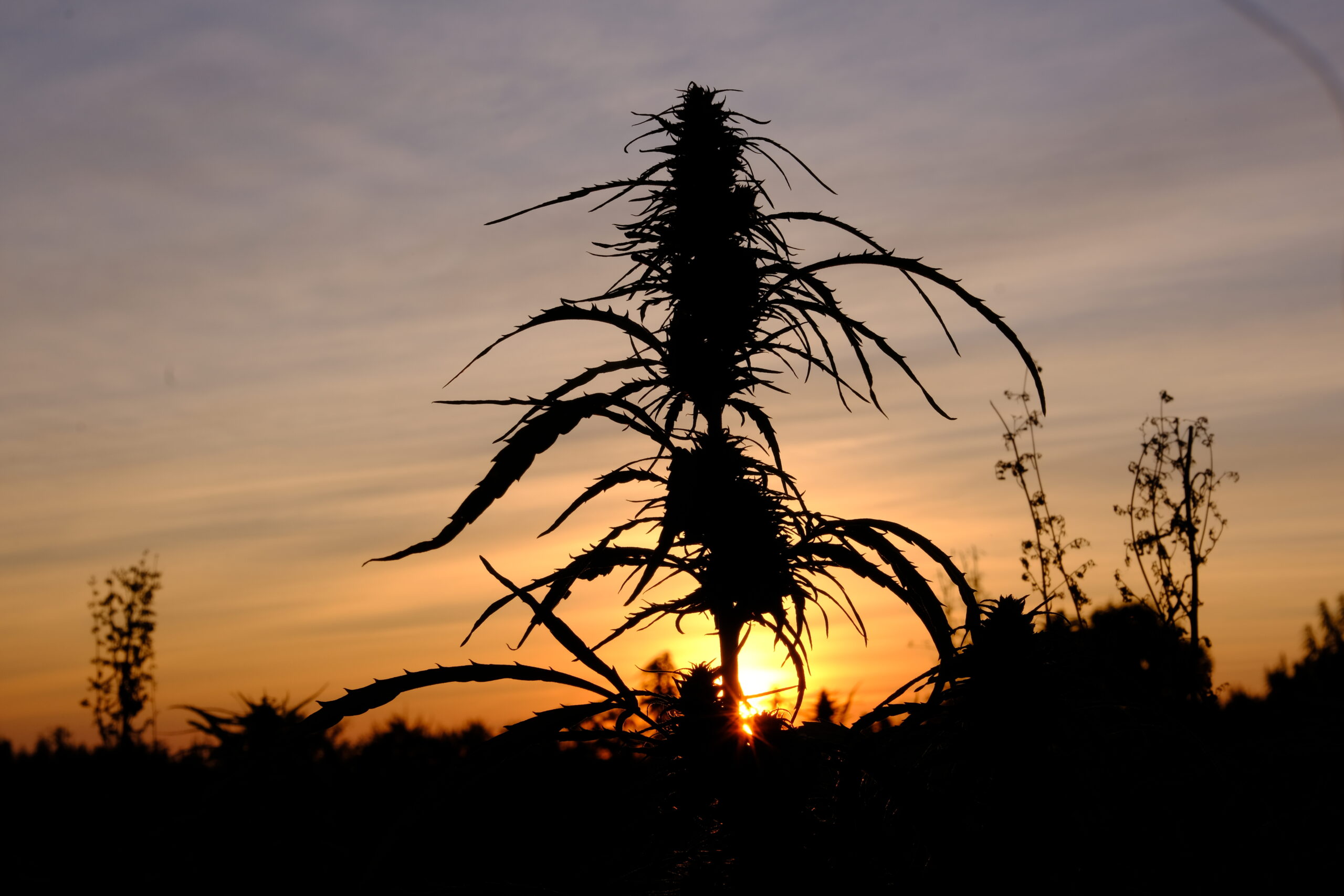What is Cannabis?
To accurately discuss Cannabis, it is important to reference the plant species, known as Cannabis Sativa L. the scientific name. Depending on the context of the discussion, the term “hemp” is typically used when referring to the industrial applications of Cannabis, while “Cannabis” is commonly used when discussing its medical or recreational use.
History
Cannabis has been historically documented as a substance used for healing psychological ailments, with archaeological findings in prehistoric societies in Eurasia and Africa. Its use as a medicinal remedy dates back to ancient China, where it was used to treat various conditions such as malaria and rheumatism between 300 BC and 200 AD. Cannabis is particularly well-suited to tropical and humid regions of the world. The therapeutic effects of cannabis are due to phytocannabinoids, which mimic the body’s naturally produced endocannabinoids and are responsible for a multitude of health benefits.

Chinese Emperor Shen Nung first recorded cannabis as a medicine as early as 2500 BC

Hemp
Hemp is a variety of Cannabis sativa L. that contains a low concentration of tetrahydrocannabinol (THC), which distinguishes it from high-THC “drug-type” cannabis. There are 75 different hemp varieties registered in the EU Catalogue, all with a THC content of up to 0.2%. The plant is highly versatile and all parts of it can be harvested and processed into a wide range of products. In recent years, hemp has become one of the fastest growing agricultural and industrial markets, with applications ranging from biomaterials and cosmetics to feed, food, and supplements. Due to its strength and lightness, hemp can be molded into countless shapes, including textile fiber, construction materials, paper, biocomposites, furniture, mulch, compost, fuel, and even paint. Hemp seeds are also used to make healthy food and feed, as well as cosmetics.
Time for a Thrilling Shift
Our planet and economy are in crisis, but there’s hope on the horizon. The European hemp sector, supported by EIHA (European Industrial Hemp Association), offers an exciting path to a sustainable future. EIHA has compiled valuable information on hemp’s crucial role in this shift. To explore hemp’s eco -benefits, historical significance, and sustainability, it’s worth checking out EIHAs website. Additionally, don’t forget to read their hemp manifesto for a green recovery, which not only provides valuable insights into hemp’s potential but also outlines specific demands to promote a more healthy and sustainable political agenda.


Medicinal Cannabis
Explore the Potential Benefits of Medical Cannabis for Your Situation.
Are you seeking more specific and evidence-based information about medicinal cannabis? Fantastic! Depending on your location, I can highly recommend two valuable resources.
For German speakers, the “Arbeitsgemeinschaft Cannabis als Medizin e. V.” is a top-notch address to commence your own investigation.
If you’re interested in accessing databases of the latest studies and detailed information regarding specific illnesses and their relationship to cannabis science, I highly recommend becoming a member of the “International Alliance for Cannabinoid Medicines (IACM).” The annual membership fee is approximately 30 Euros. As a patient aiming to persuade my doctor to prescribe cannabis, I would strive to gather as much fact-based information as possible about existing cannabis treatments for my condition. This databank is the most comprehensive source I can think of, providing an extensive collection of information.

Recreational Cannabis
Cannabis, known by various names like weed, ganja, and dope, has played a significant role in various cultures and contexts. It offers an altered state of consciousness and has both recreational and spiritual significance. The euphoric ‘high’ is primarily due to delta-9 THC, discovered by Prof. Raphael Mechoulam. Hashish refers to the resin extracted from cannabis.
While cannabis has healing potential, its effects vary widely based on factors like user intent, environment, quality, and frequency of use. Despite being relatively low-risk, it’s important to acknowledge potential downsides, especially when combined with tobacco, which can have long-term health implications.
The landscape of recreational cannabis is evolving with exciting, innovative consumption methods, and I’ll explore these in my blog and newsletters, sharing my experiences and the latest research.

